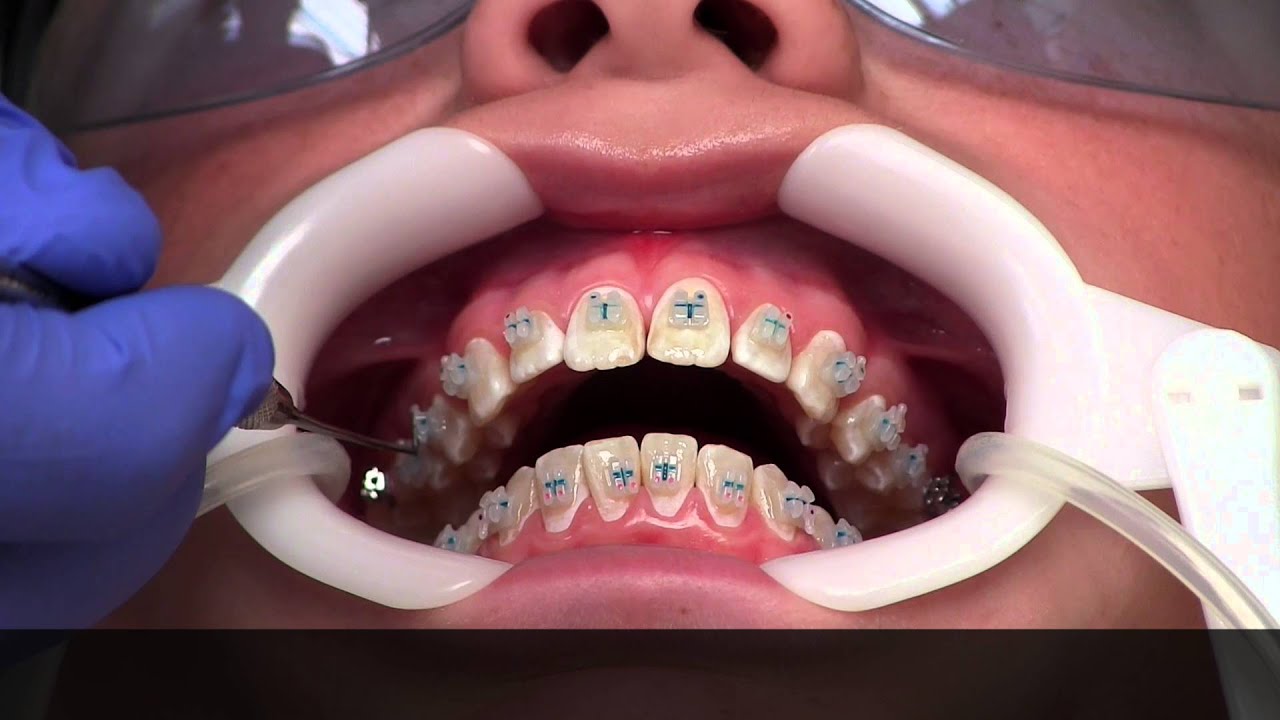The Truth About Braces: Evaluating the Pain Scale from 1 to 10
How Much Do Braces Hurt On A Scale 1-10: Are you considering getting braces to achieve that perfect smile you’ve always wanted? One of the common concerns many people have is the pain associated with orthodontic treatment. Understanding the level of discomfort is crucial for anyone considering braces. In this article, we will delve into the topic of braces pain, examining it on a scale of 1 to 10 and providing valuable insights to help you make an informed decision.
1. Understanding the Pain Scale:
When it comes to evaluating the pain caused by braces, a scale of 1 to 10 is often used. This scale allows individuals to gauge and communicate their level of discomfort effectively. However, it’s important to remember that pain is subjective and can vary from person to person. How Much Do Braces Hurt On A Scale 1-10
ALSO READ : Fun Things To Do On A Sunday
2. Initial Adjustment Period (Days 1-7):
Upon getting braces, you will experience the highest level of discomfort during the initial adjustment period. This is when the orthodontist places the brackets and wires onto your teeth. During this time, your mouth may feel sore, and it might be challenging to eat certain foods. On the pain scale, this period typically falls between a 4 and a 6.
3. Subsequent Adjustments (Every 4-6 Weeks):
After the initial adjustment, subsequent visits to your orthodontist will be required to tighten the wires, encouraging your teeth to move into the desired position. During these visits, you may experience some discomfort, but it is usually less intense compared to the initial adjustment. On the pain scale, subsequent adjustments typically range between a 2 and a 4.
4. Managing Discomfort:
While braces can cause discomfort, there are several measures you can take to alleviate the pain:
- a. Over-the-counter pain relievers: Non-prescription pain medications like ibuprofen can provide temporary relief from braces-related discomfort. However, it is essential to consult your orthodontist or dentist before taking any medication.
- b. Wax application: If brackets or wires are causing irritation or poking your gums, applying dental wax can provide a protective barrier, reducing discomfort.
- c. Eating soft foods: During the initial adjustment period and after subsequent adjustments, sticking to softer foods can help alleviate pain and minimize discomfort.
- d. Saltwater rinses: Rinsing your mouth with warm saltwater can help soothe any sore areas and reduce inflammation.
5. Individual Pain Tolerance:
Everyone’s pain tolerance level is unique. What may be a 7 on the pain scale for one person could be a 3 for another. It is crucial to remember that the pain associated with braces is temporary and will subside as your mouth adjusts to the treatment.
ALSO READ : Facetious Response To How’d You Do That
Conclusion:
On the pain scale of 1 to 10, braces typically fall within the range of 2 to 6, depending on the individual’s pain tolerance and the stage of treatment. Although there may be discomfort during the initial adjustment and subsequent visits, managing the pain is possible through various strategies, including over-the-counter pain relievers, dental wax application, soft foods, and saltwater rinses.
Remember, the long-term benefits of having properly aligned teeth and a confident smile often outweigh the temporary discomfort caused by braces. Consult with your orthodontist to get a personalized understanding of how braces may affect you individually. With patience and proper care, you’ll soon be on your way to achieving the smile of your dreams.
